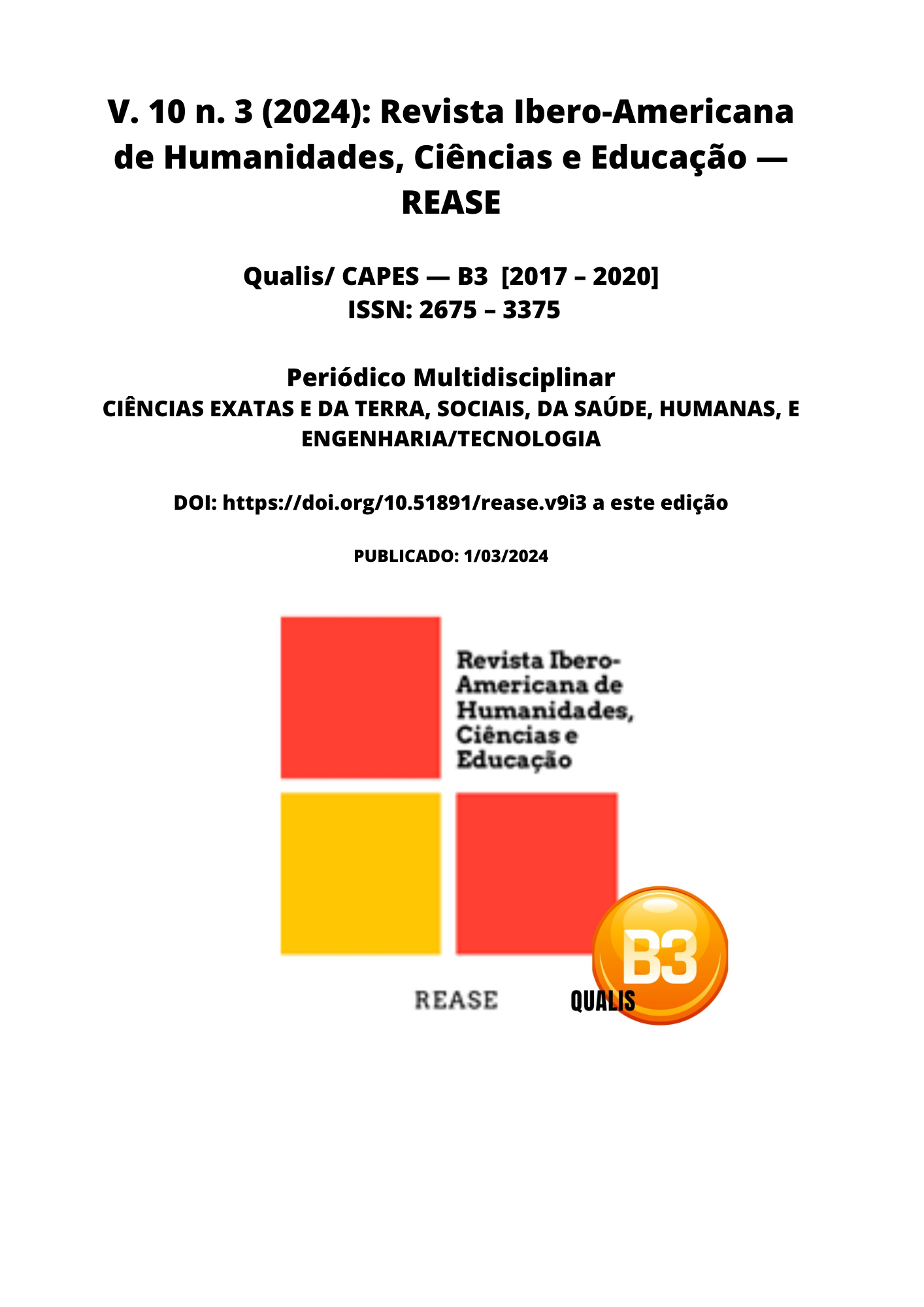APPROACH TO HTLV-2 IN PEOPLE FROM THE AMAZON REGIONA: A NARRATIVA REVIEW
DOI:
https://doi.org/10.51891/rease.v10i3.12570Keywords:
Human T Lymphotropic Virus. Health of Indigenous Peoples. Human T Lymphotropic Virus 2 Infection.Abstract
Human T-cell lymphotropic viruses (HTLV), also known as Human T-cell lymphotropic viruses, form a set of retroviruses included in the Retroviridae family, Orthoretrovirinae subfamily and Deltaretrovirus genus. This class of viruses can be classified into four main types: HTLV-1, HTLV-2, HTLV-3 and HTLV-4. HTLV 2 results from the transmission of infected lymphocytes that are present in a variety of body fluids, including blood, semen, vaginal secretions and breast milk. The presence of HTLV-1/2 infection is global and is concentrated in geographic areas delimited by regions that are not endemic. It is estimated that the number of individuals infected by HTLV-1 in the world is approximately ten to 20 million; it was found that HTLV-2 is endemic in Amerindian populations and, specifically, among groups originating from the Brazilian Amazon, which is the region with the highest prevalence for this virus. A notable concern is the insufficiency of tracking, underreporting and the lack of comprehensiveness in studies on the impacts of HTLV-2 on the health of original populations, especially in indigenous communities located in the Brazilian Amazon region.
Downloads
Downloads
Published
How to Cite
Issue
Section
Categories
License
Atribuição CC BY

